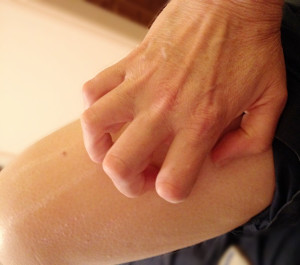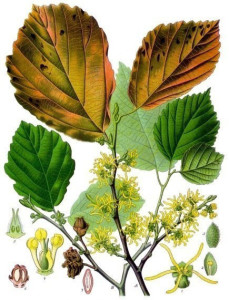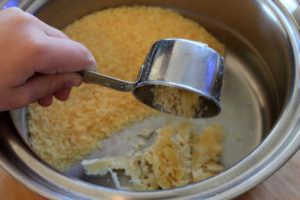Relieve Itching Skin
 Many people with Histamine Intolerance suffer from itching skin. The Strictly Low Histamine Diet, combined with its suggested supplements, will help them enormously. In cases of severely itching skin, there are a few tricks to really gain control over the problem.
Many people with Histamine Intolerance suffer from itching skin. The Strictly Low Histamine Diet, combined with its suggested supplements, will help them enormously. In cases of severely itching skin, there are a few tricks to really gain control over the problem.
* Freeze any leftover meats or foods containing eggs, rather than merely refrigerating them. Histamine only stops forming at temperatures below freezing – in the normal temperature of a refrigerator it continues to develop.
* Some people find that avoiding egg whites can improve their symptoms and relieve itching skin. Egg whites – particularly uncooked egg whites – contain histamine liberators. You can still eat eggs (pastured eggs of course!) but eat the yolks only, and bake with the yolks instead of the whole egg.
* Be aware of the ingredients of any substance that has contact with your skin. Avoid using soap, which can be an irritant. There are many soap-free cleaners commercially available. Avoid commercial skin products and shampoos containing irritant chemicals such as perfumes and colourants.
* Try rubbing raw organic coconut oil or evening primrose oil on your skin after you bathe. Ensure that you use organic raw coconut oil that has not been aged or fermented during processing. Often it’s the cheapest brands that have been processed least. You can use the same organic raw coconut oil for skin care and in your cooking.
In the next post we will be giving you some recipes for home-made soap-free skin cleansers, so make sure you check back later!

 The witch hazel shrub (Hamamelis virginiana), which is native to North America, is also known as winterbloom or spotted alder. The leaves and bark are used to make an astringent extract, also called witch hazel, which was used medicinally by Native Americans long before European settlers arrived on the continent. The Native American tradition was to steam the twigs to extract the useful compounds.
The witch hazel shrub (Hamamelis virginiana), which is native to North America, is also known as winterbloom or spotted alder. The leaves and bark are used to make an astringent extract, also called witch hazel, which was used medicinally by Native Americans long before European settlers arrived on the continent. The Native American tradition was to steam the twigs to extract the useful compounds.
